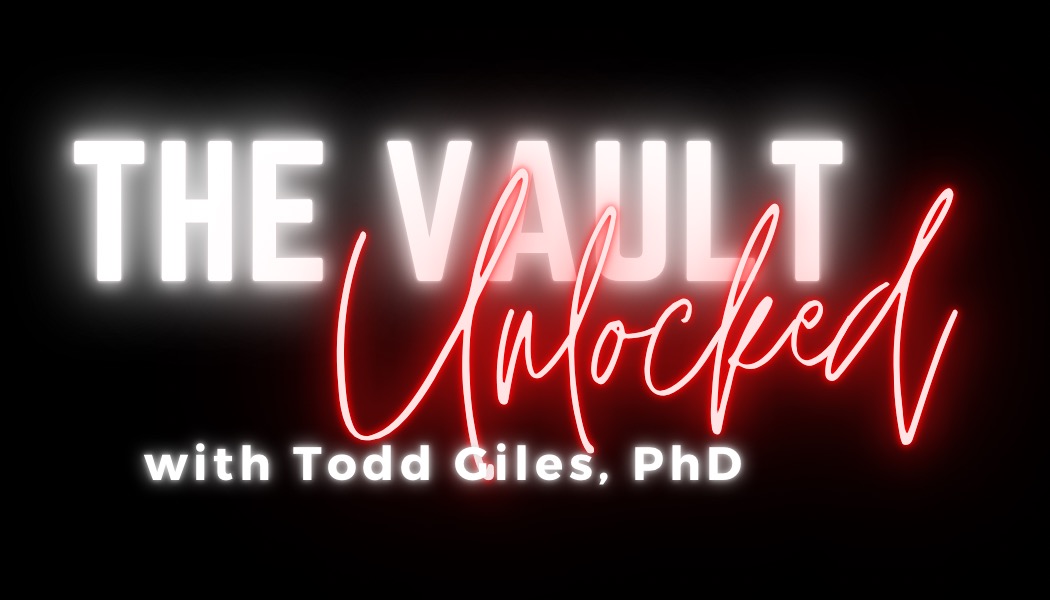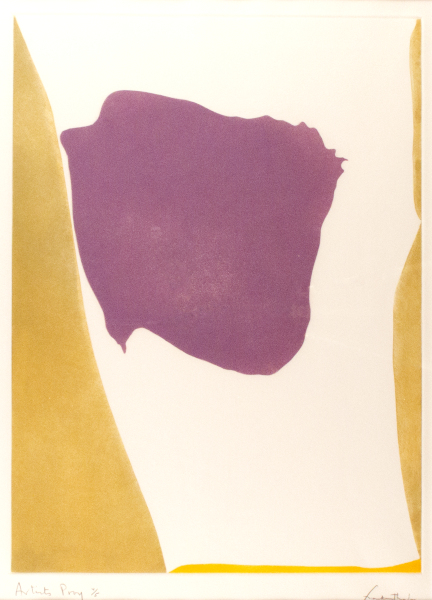
Ever wonder where the art is stored at the WFMA, and what's in there anyway? Join MSU professor Todd Giles as he unlocks the vault!

Helen Frankenthaler
Lilac Arbor, 1970
Aquatint
Signed artist’s proof 4/5
Universal Limited Art Editions
Museum purchase assisted by the National Endowment for the Arts, 1975
Helen Frankenthaler was not only at the vanguard of post-World War II American painters who helped elevate printmaking to a high art form, she was also the most prolific of the Abstract Expressionists who turned to the medium in the early 1960s. Frankenthaler produced her first prints in 1961 at Tatyana Grosman’s Universal Limited Art Editions in New York a year before her more well-known male colleagues Jim Dine, Robert Rauschenberg, and her then-husband, Robert Motherwell, subsequently released their first prints at ULAE.
Frankenthaler worked with nearly all of the traditional printmaking processes, including etching, lithography, aquatint and woodcut, often combining several techniques in a single work. Unlike many of the Pop artists of the period whose primary purpose was to reach a larger audience, Frankenthaler, who produced relatively small editions of prints, was more interested in exploring new ways of printmaking, particularly translating her unique painterly style to the collaborative medium without copying the actual techniques she employed on canvas.
Produced in 1970, Lilac Arbor is an aquatint composed with two copper plates on cream wove paper which explores color, texture, points of contact, and pictorial space. To create an aquatint, areas of an etching plate are covered with an acid-resistant resin which adheres to the plate when heated. The plate is then immersed in acid, which etches the areas not resistant to the acid, thus creating a tone and texture on the plate.
The two-color, U-shaped composition of Lilac Arbor is made up of a soft three-sided organic yellow-gold outer boundary which appears to extend beyond the lithographic plates themselves; in the un-inked central space floats an equally organic fuchsia blob. While the eye is naturally drawn to the fuchsia form (is it the lilac in the arbor?), the work also draws the viewer’s attention to the outer framing and large swath of empty space. Though the work lacks any real of depth of field, the thin ink layer’s subtle unevenness and irregular shapes add to the natural feel of the composition, providing hints of near translucency, movement, intimacy, and life.
Works Consulted
Castleman, Riva. Prints of the Twentieth Century: A History. New York: Museum of Modern Art, 1976.
Fine, Ruth E. Helen Frankenthaler Prints. Exh. Cat. Washington, D.C., National Gallery of Art, 1993.
Sparks, Esther. Universal Limited Art Editions, A History and Catalogue: The First Twenty-Five Years. New York: Harry N. Abrams, Inc., Publishers, 1989.
Lilac Arbor from the Permanent Collection of the Wichita Falls Museum of Art at MSU Texas
View Previous The Vault Unlocked
-
Tuesday - Friday
10:00AM - 5:00PMSaturday
1:00PM - 5:00PM